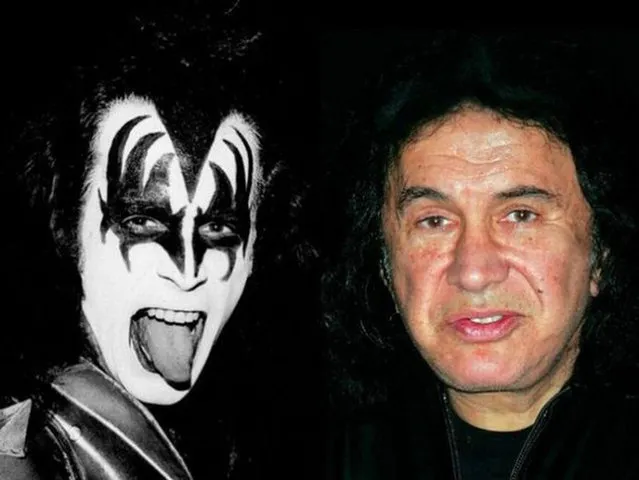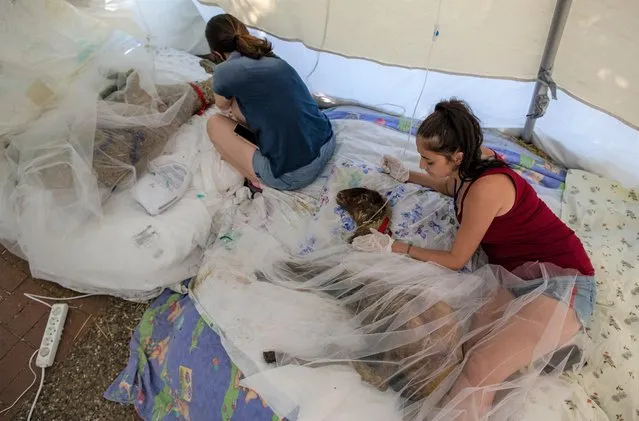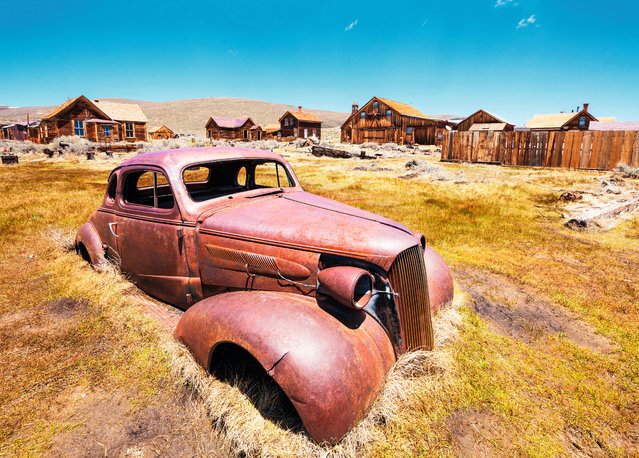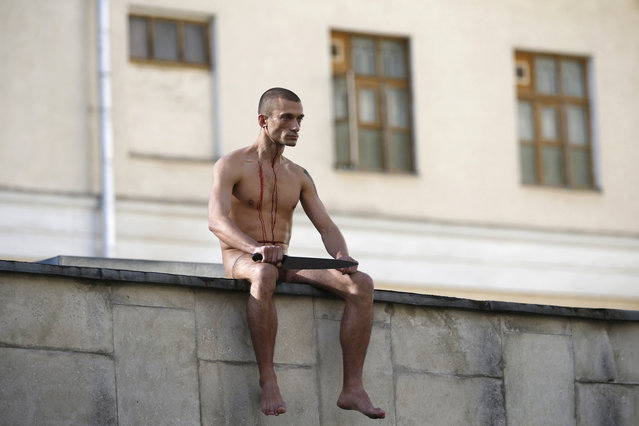
Many rock idols back from the ‘60s, ‘70s and ‘80s are still on stage. Some have retired from music and live a peaceful life now. Of course, they all have gone through many things and changed a lot.
Here is a gallery of rock stars on which you can see how did they look on the beginning of their carrier and now. After so many years, concerts, wild life full of drugs and alcohol, their look have changed but they still young in their soul.
Here is a gallery of rock stars on which you can see how did they look on the beginning of their carrier and now. After so many years, concerts, wild life full of drugs and alcohol, their look have changed but they still young in their soul.
07 Feb 2013 14:22:00,post received
0 comments







